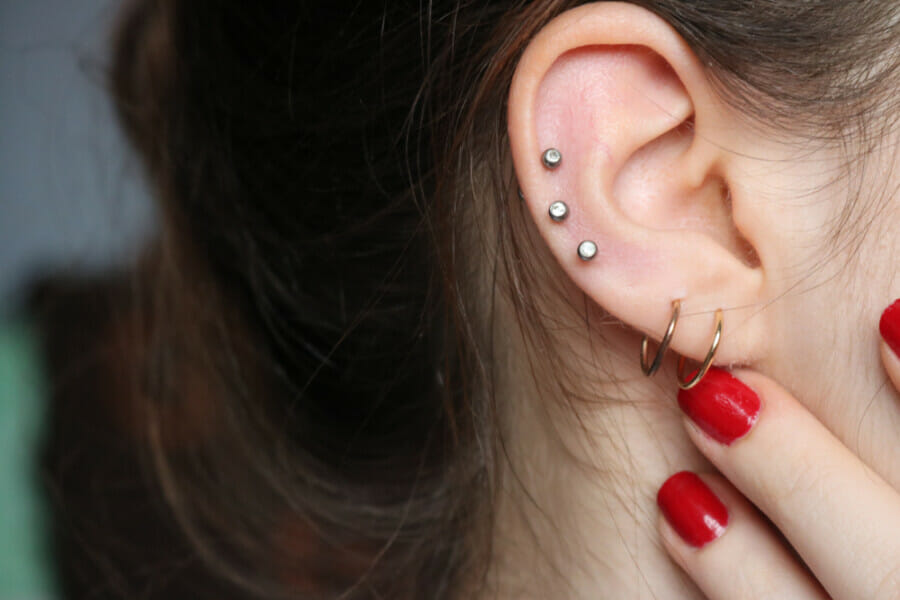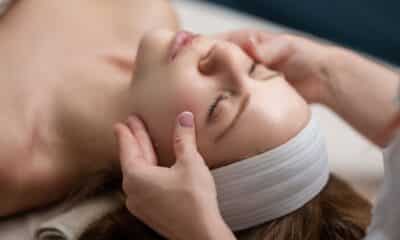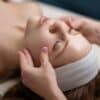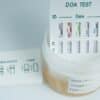How Long Does It Take For a Piercing to Heal?
Whether you’ve recently had one or multiple piercings, the new additions to your ears can be exciting and offer a way to express yourself. However, while you may view your piercings as a form of personal style, your body considers them to be wounds that require healing.
Every part of your body, including your ears, has a different healing timeline for piercings. It is crucial to take care of them during this period to prevent infections and avoid closure of the holes. To assist you in navigating this healing process, we consulted with board-certified internal medicine physician Dr. Denise Pate and professional piercer Anke Labaere to provide insights and tips for aftercare and to understand how long it takes for ear and other piercings to heal.
How Long Does it Take for Ear Piercings to Heal?
The healing duration varies depending on the location of the piercing. Ear lobes, composed of connective tissue, skin, and fat with a good blood supply, typically heal relatively quickly in about six to eight weeks. On the other hand, piercings in the upper and side areas of the ear, which have cartilage beneath the skin, such as industrial and constellation piercings, can take four months to a year to fully heal.
Healing Timelines for Other Piercings:
- Eyebrows: 2-3 months
- Nose: 2-3 months
- Lip and tongue: 3-4 months
- Nipples: 10-12 months
- Belly button: up to a year
- Genital piercings (male and female): varying from 2 months to a year depending on the exact location
Preventing Infections During the Healing Process
Infections can occur during or after getting a piercing. It is essential to choose a reputable piercer and ensure their facilities are clean and sterile. Ask about their sterilization procedures and use of new tools. To prevent allergic reactions, your piercer will insert a sterile, nickel-free starter earring or bar. Avoid changing this for at least six weeks for ear lobe piercings and 12 weeks for cartilage piercings.
Maintain cleanliness and avoid putting pressure on the piercing site. Regularly clean the piercing and use a cleansing solution or sterile saline two to three times a day. Avoid sleeping on new piercings and be cautious with activities that may impact the healing process, such as using headphones or helmets that could irritate the area.
When to Seek Medical Attention
While some redness and swelling are normal initially, it is crucial to watch for signs of infection, including excessive swelling, colored discharge, pain, warmth, or fever. Notify your healthcare provider if you experience these symptoms or signs of an allergic reaction to the earring. Seeking timely medical advice can help prevent complications and ensure proper healing of your piercing.
After your piercing has fully healed, you can proudly display your new look to the world or to those you choose to share it with.














